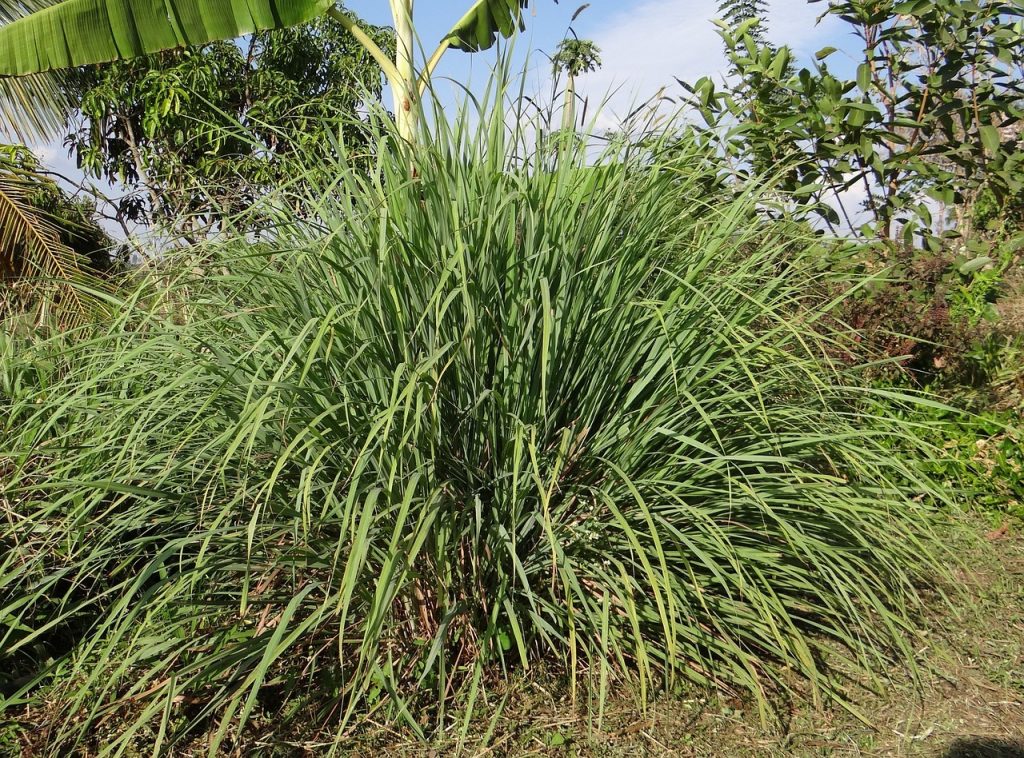
Growing Lemongrass: A Guide to Sustainable and Profitable Lemongrass Production
Imagine a field full of lemongrass—tall, green, and fragrant, gently swaying in the breeze. It’s more than just a crop; it’s a whisper of possibility. Lemongrass is an ingredient, a scent, and a story waiting to be told. Growing it is not about tending plants; it’s about cultivating opportunity. If you’re thinking about lemongrass production, here’s the essential guide to doing it well, sustainably, and profitably.
Why Lemongrass?
Lemongrass is no longer a niche herb. It’s a staple in Southeast Asian cuisine, a powerhouse in natural health, and a sought-after essential oil base. The market for it is vast and growing, from herbal teas and culinary uses to cosmetics and aromatherapy. By planting lemongrass, you’re not just growing a crop—you’re tapping into a thriving market that values freshness, quality, and sustainability.
The Basics of Lemongrass Production
1. Site Selection and Climate
Lemongrass loves the sun, warmth, and well-drained soil. Choose a sunny spot where temperatures stay between 68°F to 86°F (20°C to 30°C) for optimal growth. Water-logged fields won’t work; lemongrass doesn’t like wet feet. It thrives in sandy loam or slightly acidic soil. If you can set it up in a way that retains warmth, that’s a bonus.
2. Propagation
Propagation starts with splitting mature stalks. It’s a bit like sharing the wealth: you’ll want healthy mother plants and a few hands willing to work. Transplant rooted stalks into rows spaced about 24-36 inches apart. Each plant needs room to grow, so give them space for their roots to thrive. This is where the magic begins—the setup that will set the tone for yield and quality.
3. Planting and Maintenance
Lemongrass is hardy and fast-growing, but it’s a high-energy plant that needs feeding. Fertilize with compost or organic matter to give it the nutrients it craves. Mulching helps retain moisture and control weeds, reducing maintenance time. Once the lemongrass is established, you’ll find that it practically grows itself, as long as you water consistently during dry spells.
4. Pest Management
Although it’s a hardy plant, lemongrass isn’t immune to pests. Armyworms and grasshoppers may make an appearance, but organic pest control methods—like neem oil or garlic sprays—will keep them at bay without harsh chemicals. Natural pest management isn’t just about preserving the crop but about creating a production that respects the plant and the land.
Harvesting Lemongrass: When and How
Lemongrass is ready for its first harvest about four to six months after planting. Harvest by cutting the stalks close to the ground with a sharp knife. Timing matters; harvesting too early will impact the quality, while waiting too long might mean woody, less flavorful stalks.
Don’t stop at the stalks—the leaves are valuable, too. They can be dried and marketed for teas or used as a natural pest repellent. It’s all about maximizing what the plant gives you. Lemongrass gives back in spades if you know how to use every part.
Post-Harvest Handling and Storage
Once harvested, store fresh lemongrass in a cool, dry place if you’re selling it fresh. For essential oils, drying and distilling follow immediately after harvesting to preserve the essential oils’ aroma and therapeutic qualities. By handling it well, you’re preserving its story, its scent, and its worth.
Turning Lemongrass Into Profit
The market for lemongrass isn’t one-dimensional. Yes, it’s a cooking ingredient, but it’s also a source of essential oils and teas. Explore partnerships with chefs, herbalists, and wellness brands. By positioning your product as a high-quality, sustainably grown ingredient, you’re setting it apart from mass-produced imports. This isn’t just about selling lemongrass; it’s about selling the quality and the story behind it.
Growing lemongrass isn’t hard, but growing it with purpose takes intention. It’s about respect for the plant, the land, and the process. By mastering the basics and thinking about the market beyond the harvest, you’re doing more than growing an herb—you’re growing an opportunity for yourself and for everyone who experiences what you’ve created.
